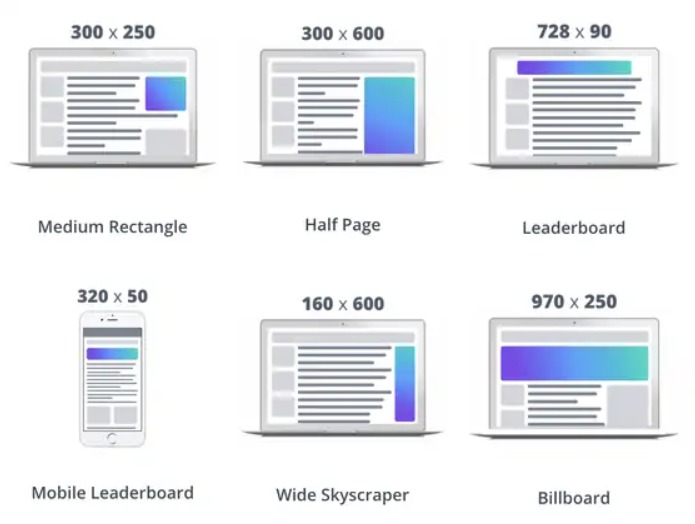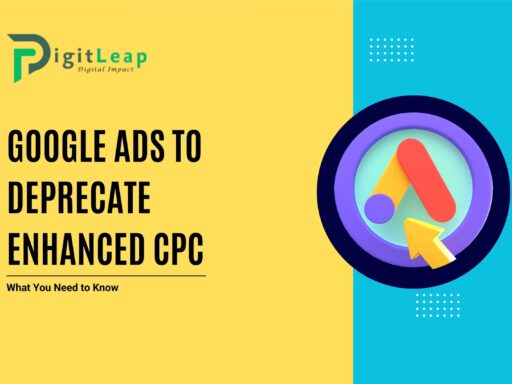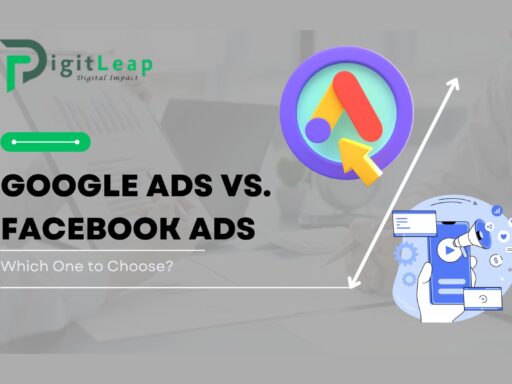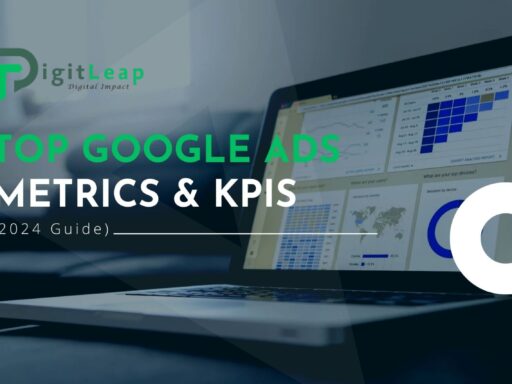Display advertising remains a powerful channel for reaching and engaging audiences online, yet many marketers still struggle to transform these campaigns into consistent profit centers. Whether you’re aiming to boost brand awareness or drive direct conversions, a strategic, data-driven approach is essential. Here’s how to unlock profitability in your display campaigns.

1. Define Clear Objectives and KPIs
Before launching a display campaign, it’s crucial to establish what you’re aiming to achieve. Are you looking to increase website traffic, generate leads, or drive sales? Once your objectives are clear, set specific key performance indicators (KPIs) such as click-through rate (CTR), conversion rate, cost per acquisition (CPA), and return on ad spend (ROAS). These metrics will guide your strategy and help you measure success along the way.

2. Leverage Advanced Targeting Techniques
One of the biggest advantages of display advertising is the ability to reach highly specific audiences. To maximize efficiency and profitability:
- Demographic Targeting: Focus on audience characteristics like age, gender, income, and interests to ensure your ads reach those most likely to engage.
- Behavioral and Contextual Targeting: Use data on browsing habits and online behaviors to place your ads on relevant websites or alongside content that your audience is already consuming.
- Retargeting: Re-engage visitors who have interacted with your website but haven’t yet converted. Retargeting campaigns often yield higher conversion rates because they reach a warm audience familiar with your brand.
3. Optimize Your Creative Assets
Your display creatives are the first impression potential customers have of your brand. To boost performance:
- Test Multiple Versions: Conduct A/B tests with different designs, headlines, and calls-to-action to identify which creatives resonate most with your audience.
- Mobile-First Design: Ensure that your visuals look great on all devices, especially on mobile, where a significant portion of internet traffic originates.
- Dynamic Content: Utilize dynamic creative optimization (DCO) to tailor ad content in real time based on user behavior, location, or other contextual signals.
4. Utilize Data-Driven Insights
Analytics are essential to understanding how your display campaigns are performing and where improvements can be made. Regularly review performance data to:
- Identify Underperforming Segments: Drill down into metrics by audience segment, device, and placement. Pause or adjust segments that aren’t delivering results.
- Adjust Bidding Strategies: Use automated bidding options to maximize ROI. By analyzing performance trends, you can reallocate budget to high-performing placements.
- Refine Targeting: Data insights can reveal new opportunities or audience segments that may have been overlooked. Continuously refine your targeting parameters to capture untapped potential.

5. Continuously Test and Iterate
Display advertising is not a “set it and forget it” channel. Continuous testing and iteration are key to staying ahead of changing trends and consumer behaviors. Regularly:
- Run A/B Tests: Experiment with new creatives, landing pages, and call-to-action strategies to discover what works best.
- Monitor Seasonal Trends: Adjust your campaigns to align with seasonal shifts and market dynamics.
- Collect and Act on Feedback: Use both quantitative data and qualitative feedback from customers to fine-tune your strategy.
6. Align with Your Overall Marketing Strategy
Display campaigns should not exist in isolation. They need to work in harmony with your overall digital marketing strategy. Ensure that the messaging and visuals in your display ads are consistent with your brand’s voice across all channels. This consistency reinforces brand recognition and trust, leading to improved engagement and conversion rates.
Conclusion
Making your display campaigns profitable requires a balanced approach that combines clear goal-setting, precise targeting, compelling creative, and continuous optimization. By leveraging advanced analytics and embracing a culture of testing and iteration, you can refine your strategies to deliver measurable results. With a well-integrated plan and ongoing commitment to improvement, display advertising can become a significant driver of growth in your digital marketing mix.






